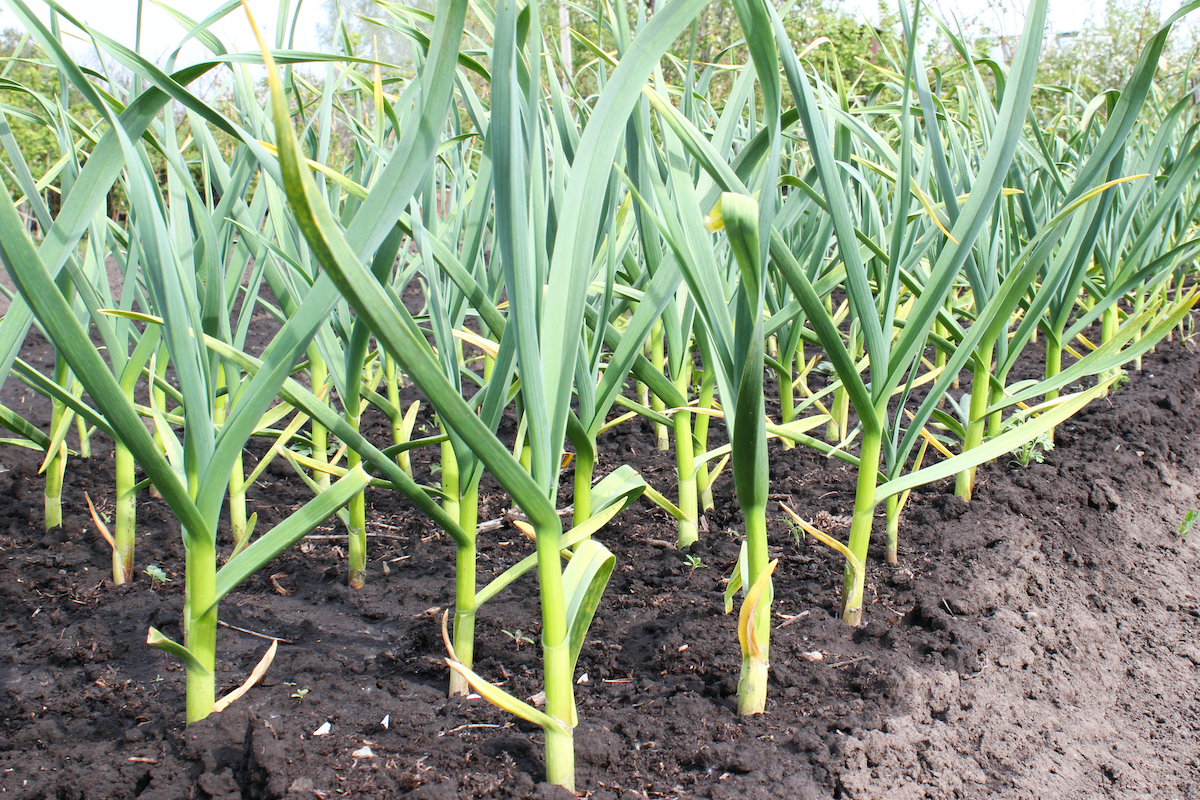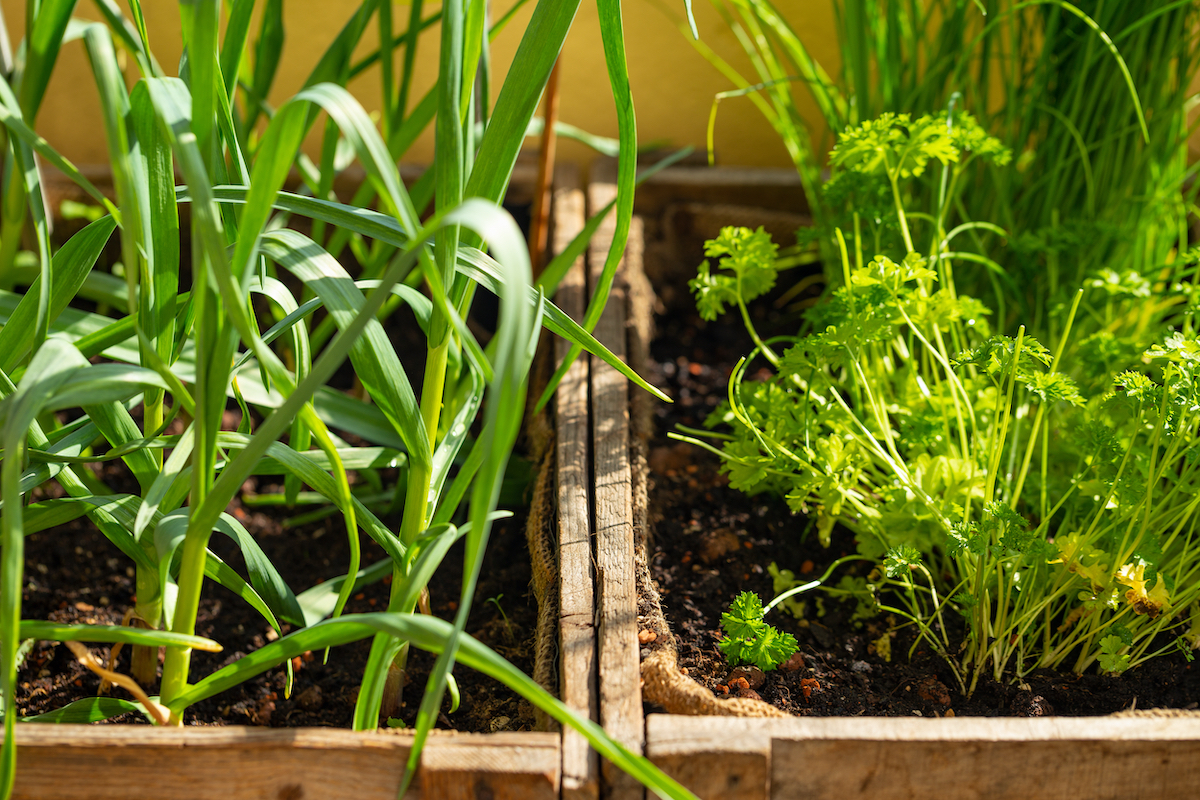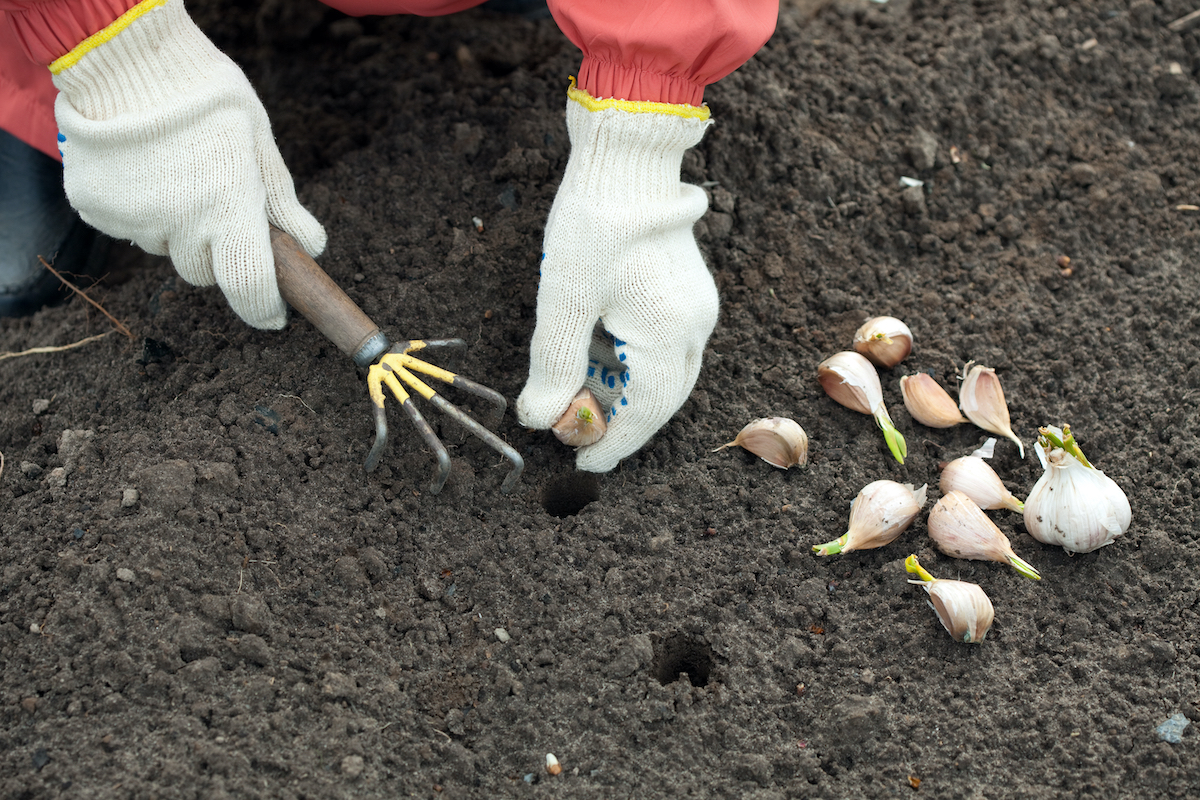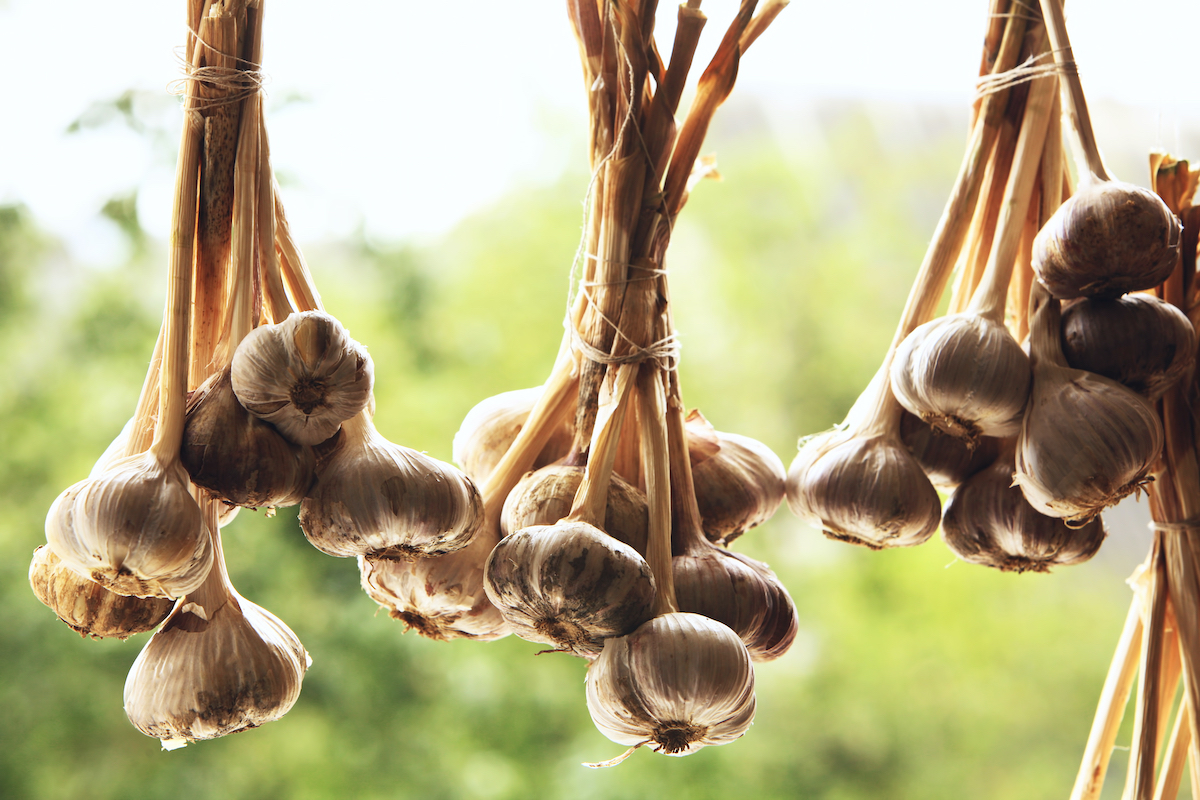- One of the vegetables that is easier to grow organically is garlic.
- Garlic is a hardy plant that doesn’t often get affected by plagues, and that by midsummer will reward you with dozens of bulbs that can be dried for use in the following months.
- The great characteristics of garlic make it one of the most gratifying crops to grow at home.

As with cannabis, there are plenty of reasons why garlic (Allium sativum) has been grown for thousands of years, and one of them is that you can easily grow your own garlic in the same way that you grow cannabis. The cultivation of vegetables for personal consumption is more and more in vogue every day. This post is the first of a series where we will show you the species that best adapt to urban farming. Whether in a balcony, a garden, or even amongst your cannabis plants, you'll surely be amazed by how easy it is to grow your own veggies if you have the right know-how.
The deep, spicy flavour of home-grown garlic is a more than sufficient reason to consider growing it yourself. Most garlic is produced in countries like China, where it's sprayed and bleached with chemical products before it lands on the shelves. In comparison with garlic grown at home, this type is pretty tasteless. In addition, garlic showcases lots of healing properties, especially for infectious diseases like the common cold and the flu. So do you still need more reasons to give it a go?
Some concepts to keep in mind
The best time to plant garlic is late autumn
Garlic needs around six to eight months to ripen, and is normally ready by June or July. This means that if you plant it in early spring as opposed to late autumn, you might not have enough time for it to reach its optimum size. Garlic doesn't like high temperatures at the leaf formation stage. The leaves can be affected if the temperature exceeds 16°C, and the plant will stop growing in temperatures below 0°C. It is therefore a vegetable suitable for winter cultivation.
Everything depends on the strain
In Southern European countries, the white garlic strains are planted during the autumn months, whereas the purple varieties are sowed in the spring. Generally speaking, the so-called hard neck strains work well in cold regions, whereas the soft neck varieties (the ones usually found in supermarkets, that can also be plaited) work well in different climates but grow better in regions with mild winters.

The photoperiod is vital
Garlic grows optimally in areas with long days, where sunlight exceeds 10 daily hours, especially at the time of bulb formation: bulbs won't start developing until daylight exceeds 11 hours and the maximum temperature is around 18-20°C.
Garlic does NOT like growing with 'wet feet'
Best to water regularly for optimum bulb development, with enough water but not in excess, as garlic roots don't particularly enjoy waterlogged soils. That's why it's essential for the substrate to remain well-drained. Grow your garlic in raised beds, grow tables, or directly in pots with abundant organic matter mixed with the substrate. You can also cover the top with a layer of topsoil, which helps retain moisture and prevents the appearance of weeds.
Choose a sunny spot
Garlic really likes the sun. Most garlic producers recommend full sun exposure, although some varieties can thrive in spaces that are only partially sunny. In extremely hot climates, garlic can improve its development by being in the shade in the afternoon so it doesn't get exposed to extreme heat all day long.
The soil needs to be loose and spongy
Garlic is a root crop; therefore, the soil needs to be soft and spongy on top. If you're using growing pots or tables, it is advised to add coco coir to your substrate to make it more 'spongy'.
Garlic loves a fertile soil
If your soil is sandy or clayey, add compost, worm castings, manure or another type of organic matter to help retain moisture and improve nutrient interchange, which will lead to bigger garlic bulbs with a better flavour. And remember: garlic hates acidic soils, so it is important to maintain almost neutral pH levels (between 6.5 and 7.0).

Garlic is not grown from seeds
Every garlic bulb is made up of several cloves, with each clove having the potential of producing a new bulb. Most garlic types grown nowadays are sterile, which means that they don't produce true seeds or even flowers. All garlic plants of the same variety are clones of one another, so they have identical genetic composition.
It can also be grown as a companion plant
Garlic is a fantastic companion plant for a great variety of species because it takes up very little space and often works as a natural repellent. Few pests bother to attack garlic, but onion maggot larvae can ocassionally be found in the cloves at harvest time.
How to plant and harvest garlic
1- Once the soil is ready for planting, separate the garlic cloves carefully, making sure the skin doesn't pull apart. It is best to separate them just before planting to prevent the root nodules from drying.

2- The planting depth depends on the climate. If you're in a rainy location or if frosts are severe, sow the cloves deeper in the soil so the plant resists better during winter. As a general rule, you need to plant the cloves at a depth double their size and with a separation between cloves of 15-20 cm, making sure the pointy end faces upwards. Once planted, you can cover the cloves with an organic topsoil layer, for instance hay or crushed leaves, to protect them from the cold.
3- The green shoots will start showing through the topsoil after four to eight weeks. They will stop growing in winter but will resume growing come the spring. Some growers remove the topsoil if the spring season is particularly rainy, and especially if the stems show clear signs of rotting.
4- Garlic starts to dry in early summer, when the lower leaves turn brown. Try not to water the plants in excess during the last month, which will help them stay dry and clean. Garlic will be ready for harvest when the plant only has about 4 or 5 green leaves left on the top.
5- When the bulbs are ready, lift them with a fork and brush off any remaining soil. Let them dry off in a well-ventilated and shady area for two weeks. Hang them upside down with a string if you can, or you can also plait them if they are of the soft neck variety.

6- Garlic will be ready for storage when the skin is dry and resembles paper. The bulbs should be hard and the cloves should separate easily. Store in a well-ventilated place with humidity levels between 65 and 70%, and temperatures of around 18-19°C. If garlic is cured properly it can last for at least 6 months, and even up to a whole year!



Comments from our readers
There are no comments yet. Would you like to be the first?
Leave a comment!Did you like this post?
Your opinion about our seeds is very important to us and can help other users a lot (your email address won't be made public).